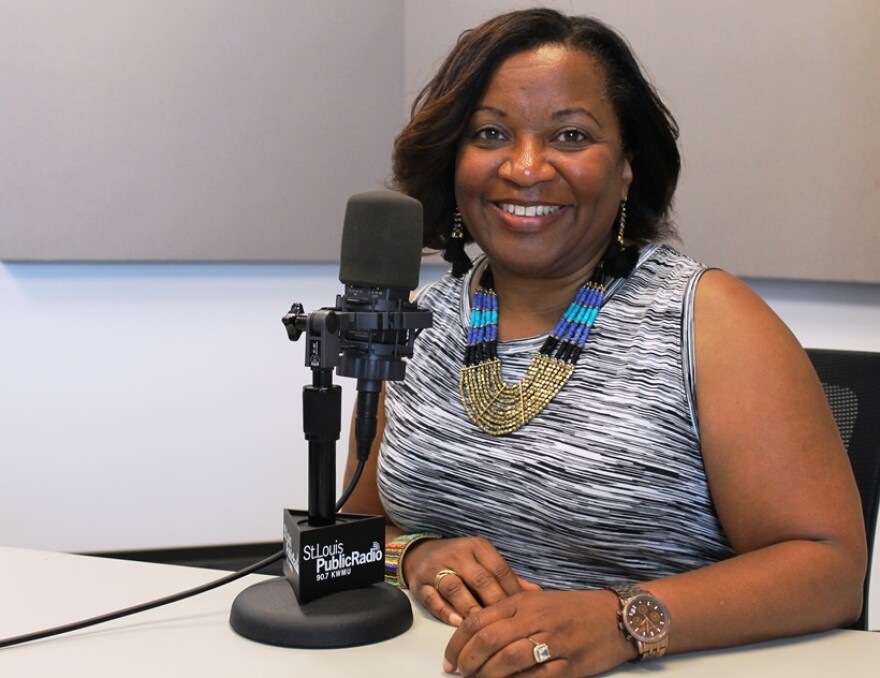The Regional Arts Commission envisions a more ambitious agenda for the St. Louis area’s cultural community. In a plan released late last week, the grant-making organization set out a series of priorities for the immediate future of the region’s arts scene.
Among the plan’s recommendations is that arts groups work with local organizations to help solve community problems. Arts groups can play a role with efforts to build affordable housing, improve public safety and other civic initiatives, RAC executive director Felicia Shaw said.
“The whole notion of making neighborhoods more inviting for artists to live there, or using public art to transform blighted lots into places where people want to be,” Shaw said. “Those are the intersections we’re talking about [in terms of] ‘arts and …’ Arts and community development, or arts and economic development.”
The plan follows a year of community meetings and surveys. A group of 27 “thought leaders” from the worlds of the arts, business and government led the effort to translate input from the community into a concrete set of priorities.
For Adam Flores, a theater artist and educator who helped lead the process, it was important for the plan to emphasize the role of the arts in addressing social justice issues.
“Artists in St. Louis are further along in a conversation about race and equity and justice as it relates specifically to their city,” Flores said. “This is a national conversation, but because we are artists here in St. Louis, we are forced to have that conversation faster, quicker, more often, more vocally than in other places.”

RAC is supported by a portion of the city’s tax on hotels and motels. Shaw said the study cost at least $250,000 and was paid from the organization’s marketing budget, plus some corporate donations.
The study also called for more arts education in schools. It will be followed by another planning process to devise specific recommendations to address the priorities lain out last week.
Follow Jeremy on Twitter @jeremydgoodwin.



